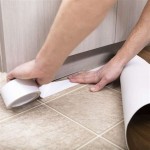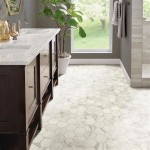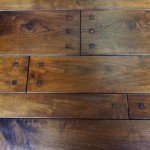Installing engineered hardwood flooring is a great way to add charm and value to a home. It is durable, easy to maintain, and relatively simple to install. Whether you’re a DIY enthusiast or hiring a professional, this guide will help you understand what is involved in the process of installing engineered hardwood flooring.
1. Choosing the Right Flooring
The first step in installing engineered hardwood flooring is to choose the right type of flooring for your home. The type you choose should depend on where you plan to install it, how much foot traffic it will get, and the level of maintenance you’re willing to do. Consider factors such as the size of the room, the climate, and the existing décor when making your selection.
2. Preparing the Subfloor
Before beginning the installation process, it’s important to make sure the subfloor is ready. Begin by removing any existing flooring, such as carpet or tile, and ensure that the remaining floor is level and clean. If there are any bumps or dips in the subfloor, these should be filled with a leveling compound before continuing.
3. Installing the Underlayment
The next step is to install the underlayment, which is a thin foam layer that provides cushioning and insulation. It should be laid down in the same direction as the engineered hardwood flooring, and any seams should be sealed with tape. Be sure to check that the underlayment is level before continuing.
4. Acclimating the Flooring
Once the underlayment is in place, it’s time to acclimate the engineered hardwood flooring. Acclimation is a process of allowing the flooring to adjust to the temperature and humidity of the room in which it will be installed. This process typically takes between 48 and 72 hours to complete.
5. Installing the Flooring
Once the flooring has been acclimated, it’s time to start installing it. Begin by laying the first row of planks along the longest wall in the room, making sure to leave a gap of at least ¼ inch between the wall and the first plank. As you move down the wall, use a jigsaw to cut the planks to fit. Keep in mind that you may need to stagger the ends of planks to create an attractive pattern.
6. Finishing Touches
Once the planks are in place, the final step is to add the finishing touches. Install baseboard trim along the walls and door frames, as well as any other moldings or trims that you wish to add. Once that is complete, the floor is ready to be enjoyed!
7. Maintenance
Engineered hardwood flooring requires some basic maintenance to ensure that it looks its best for years to come. Vacuum or sweep the floor regularly to remove dust and dirt, and damp mop the floor occasionally to remove any residue. To protect the finish, use furniture coasters and area rugs as needed, and avoid dragging heavy furniture across the floor.















Related Posts








